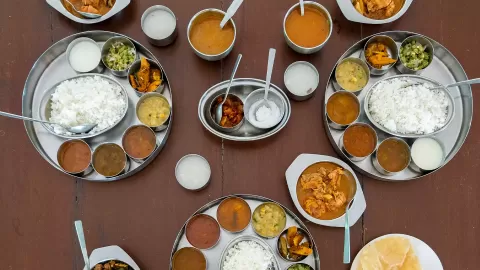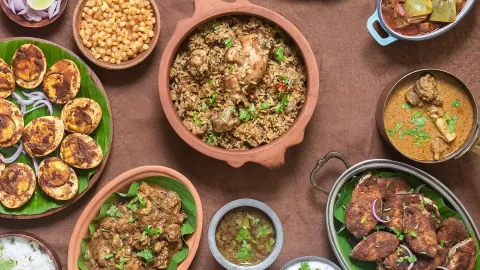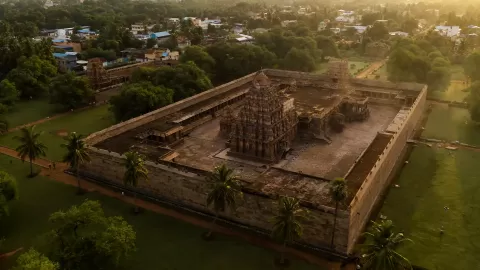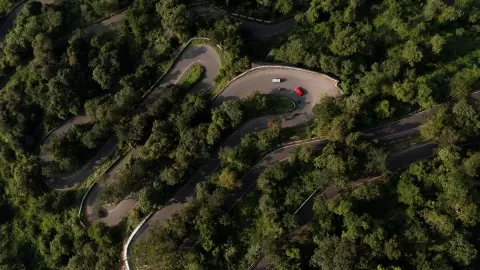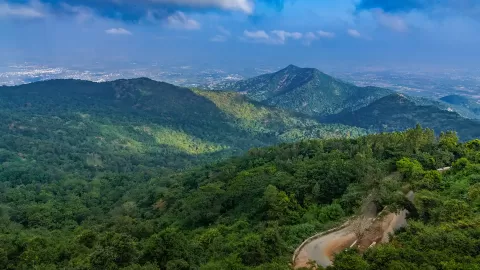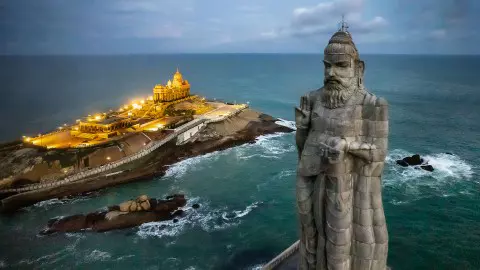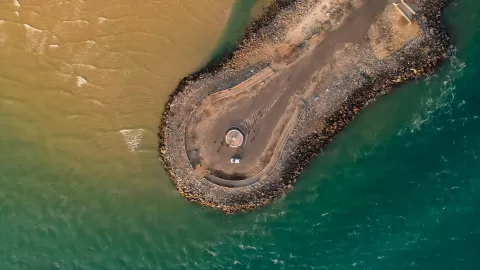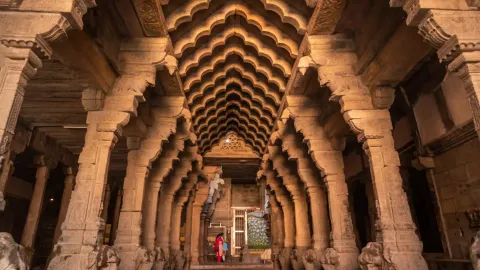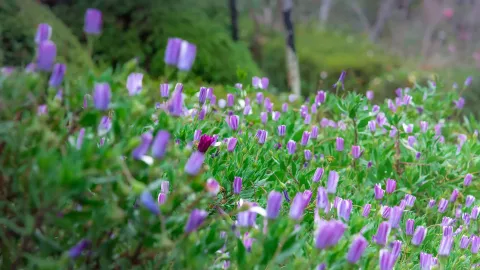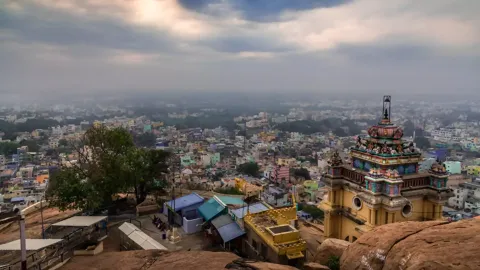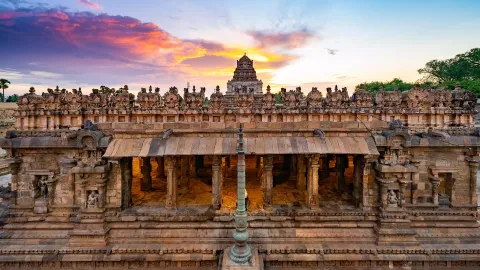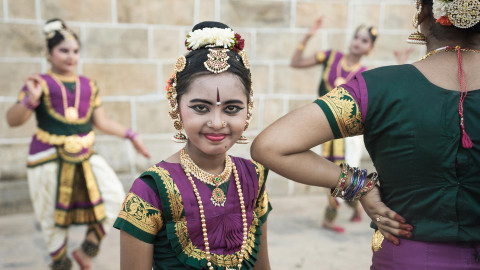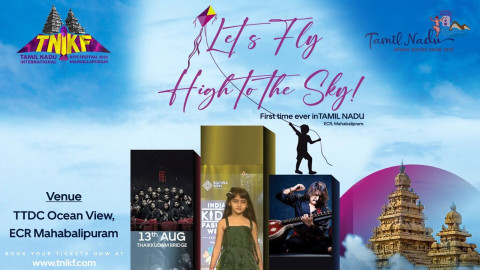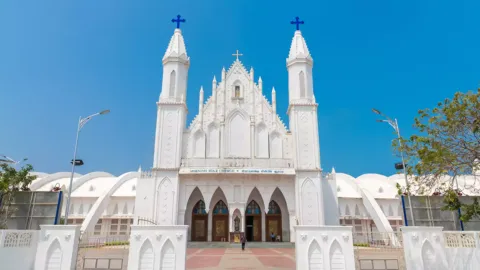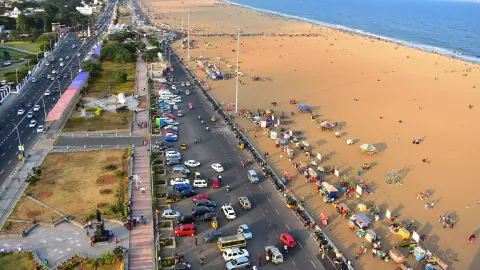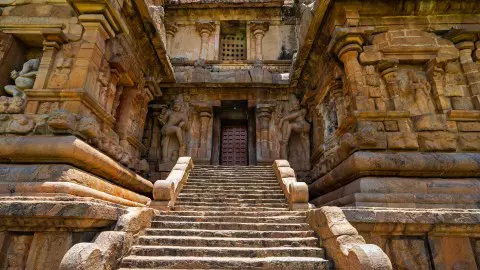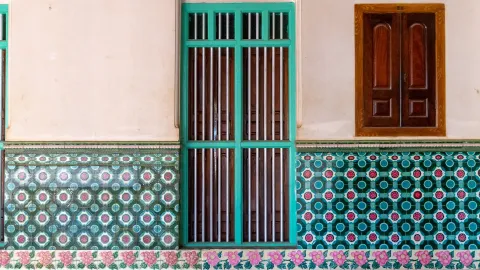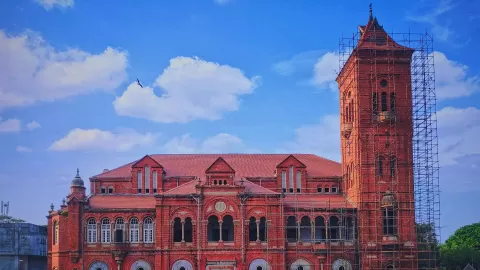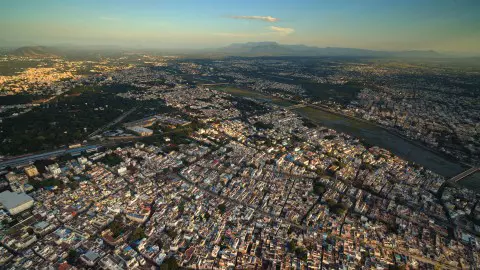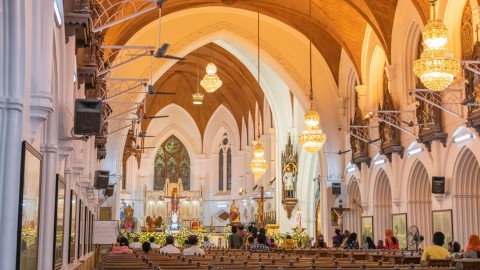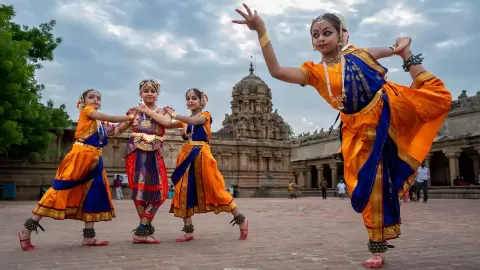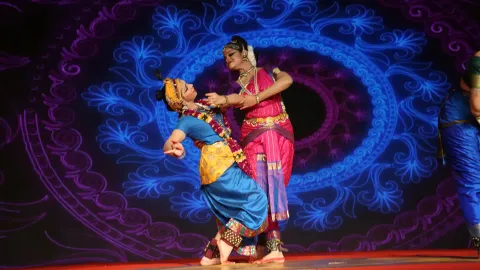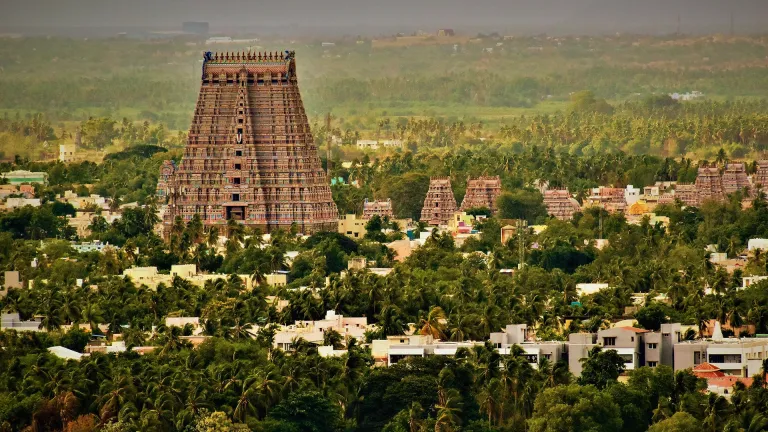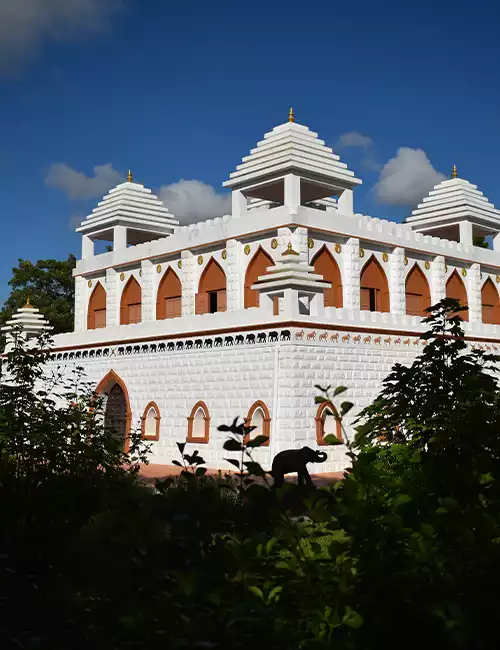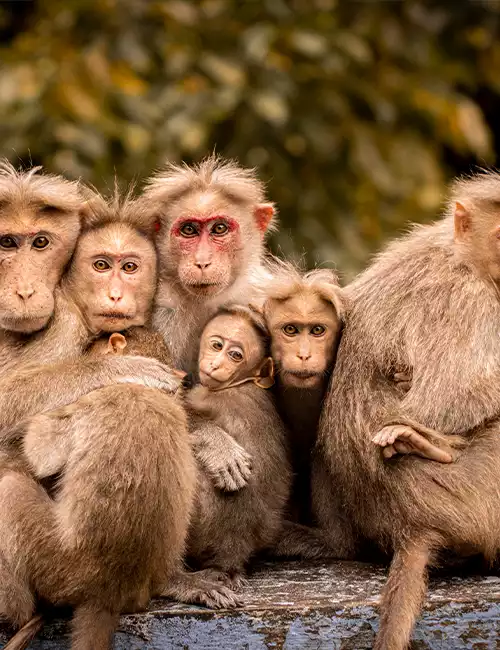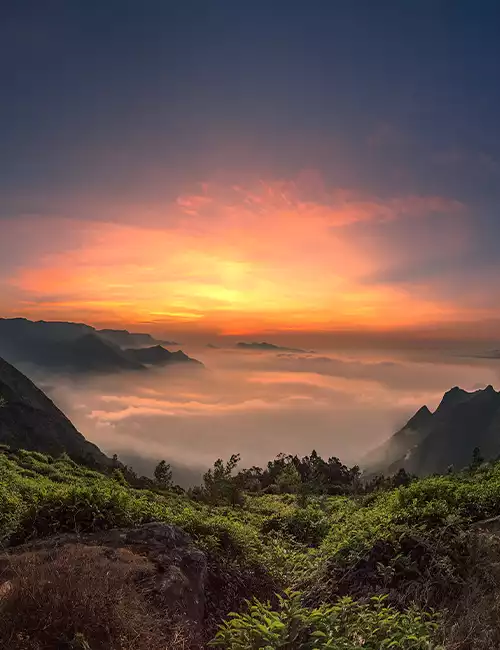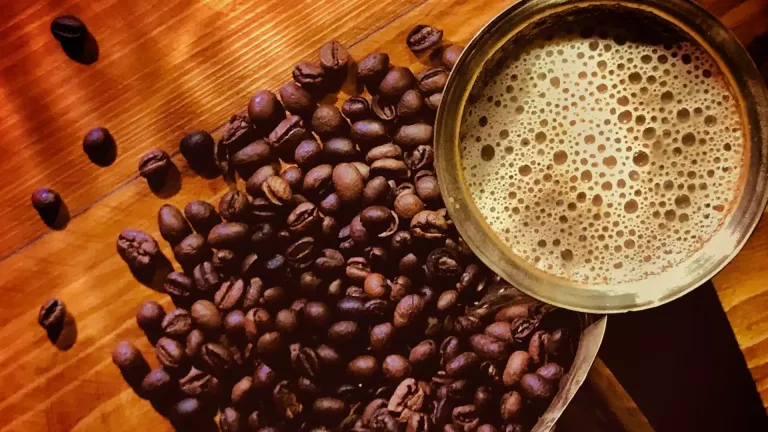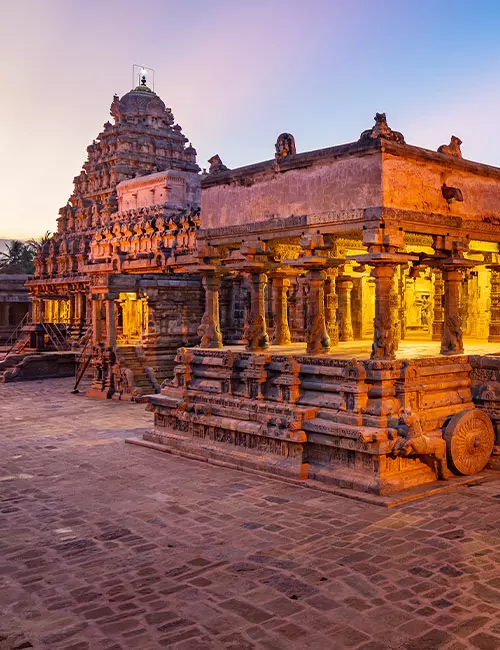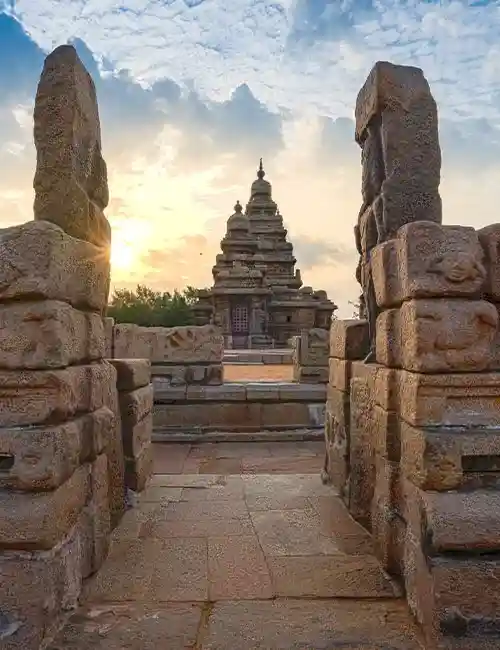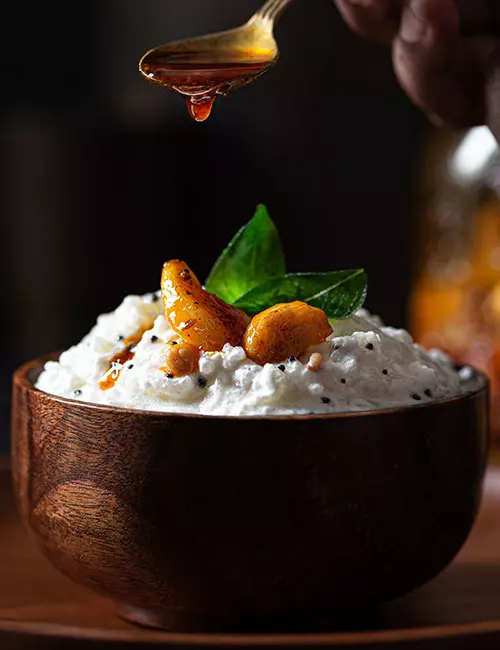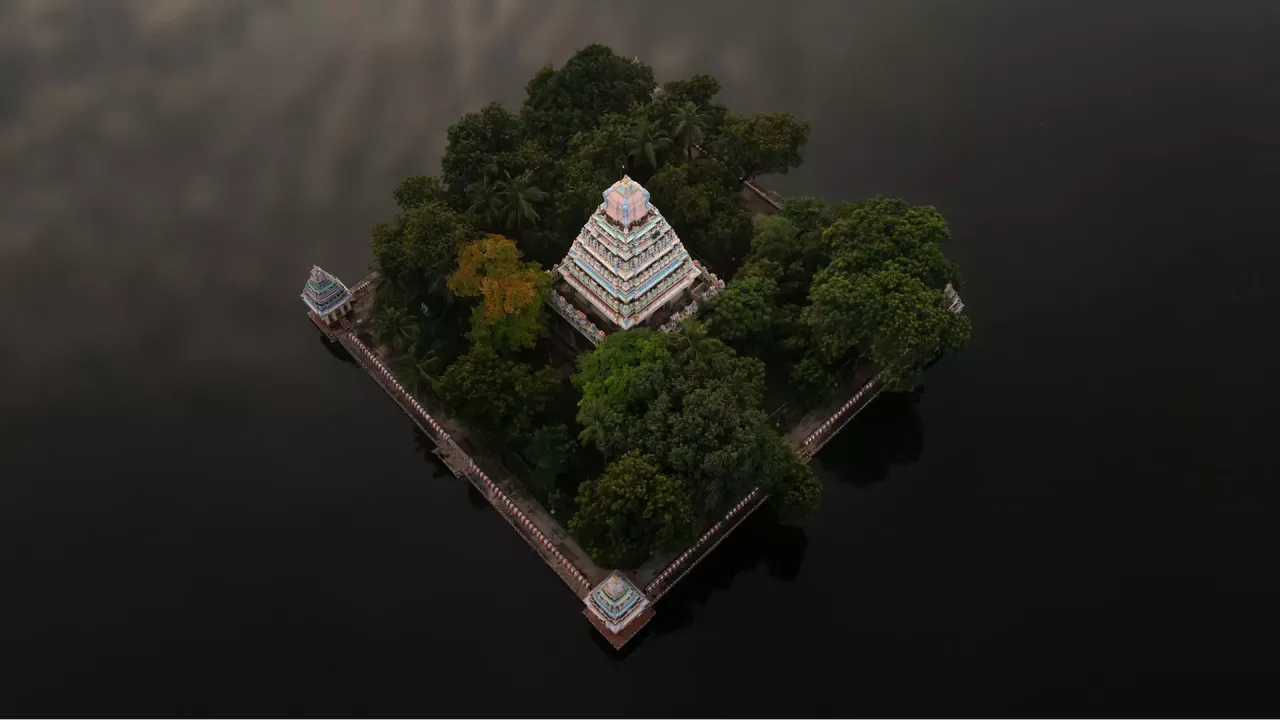
Bustling and yet soulful, ancient and yet modern, cultured and progressive, Madurai epitomises the best of Tamil Nadu. Part 12 of an Outlook special on tourist destinations in Tamil Nadu.
Vibrant colours. The tinkle of temple bells. Ancient structures standing tall. And a bustling cultural life. That is Madurai.
From the history book
Mentions of Madurai date back to the 3rd century BCE, and in the works of Arab, Roman and Greek travellers. Ancient temples still stand today, attracting thousands of devotees from all over the world.
Temple testaments
The Meenakshi Sundareswarar Temple is the first among equals. Dedicated to Goddess Meenakshi, an avatar of Parvati, and her consort, Lord Sundareswarar or Shiva, the shrine marks where Goddess Parvati and Lord Shiva got married. A shining example of the Dravidian style of architecture, it has about 33000 sculptures, four gopurams and the Ayiram Kaal Mandapam, the hall of 1000 pillars. The Mandapam was sculpted out of just one single rock.
The Koodal Azhagar (Lord Vishnu) temple in the heart of Madurai is another stunning example of Dravidian architecture.
Roughly 21 kilometres from Madurai is the Alagarkoil Temple. Atop the Alagarmalai hill, this is surrounded by the ruins of a fort. The impressive entrance tower was supposedly built by the Pandyas while the Kalyana Mandapam and its pillars are examples of Nayaka art.
Famous for its Murugan Temple, Tirupparankunram is a tourist attraction. The famous temple is an amalgamation of rock-cut and Dravidian architecture.
The Vandiyur Mariamman Teppakkulam, one of the largest temple tanks in Tamil Nadu spans 16 acres and was constructed by King Thirumalai Nayak in 1646.
Architecture and Art
The Thirumalai Nayakar Mahal, a palace constructed in the mid-17th century by Thirumalai Nayak is another tourist attraction. Designed by an Italian architect, it is an exquisite amalgamation of Dravidian and European architecture with subtle influences of the Indo-Saracenic style.
St. Mary's Cathedral Church is famed for its architecture. Built in the Roman style, the church is unique with European architecture on the outside façade and classically Indian interiors with bright-coloured walls.
The Gandhi Museum in the famous 17th century Tamukkam Palace is one of the most dedicated Gandhi Sangrahalayas in India. The exhibits include several personal belongings of the Mahatma, including a letter written by him to Adolf Hitler addressing him as “Dear Friend”.
Culture capital
Madurai is known as the cultural capital of Tamil Nadu. One of the reasons talked about in literature is that is a remnant of the Meenakshi maternal community. The Madurai Chithirai Festival, the ‘Festival of Festivals’, sees more than 5 lakh people and is more than a Saiva-Vaishnava festival. This festival upholds the unique rights of women and a re-enacted coronation ceremony of goddess Meenakshi as well as the celebration of her marriage is held.
The Jallikattu festival is an ancient sport played as part of the Tamil harvest festival, Pongal. This bull-taming sport is a traditional display of masculinity and strength. This is one of the oldest living sports in India.
Madurai is also known because of its commitment to preserving Tamil culture through Sangams. The World Tamil Sangam building is a resource centre that acts as a convention hub, archive, knowledge centre for Tamil language and culture. Madurai is also known for Madurai sungudi sarees and brasswork.
Well connected to major cities around the country, Madurai with its colours, charms and peculiarities is bound to make for a memorable visit.
Getting there
By air: Madurai has its own airport
By rail: Madurai Junction is one of the busiest stations in south India and is connected to almost all major cities and towns.
By road: Public and private buses ply from all parts of south India
Accommodation
Hotel Tamil Nadu
West Veli Street, Madurai- 625001
Contact : 91 9176995822
Hotel Tamil Nadu
Alagar Koil Road, Madurai - 625002
Contact: 91 9176995841
